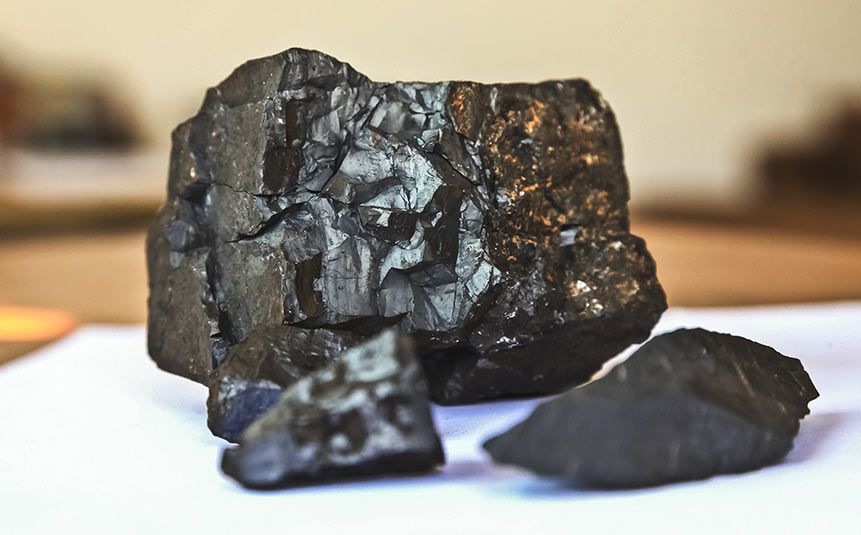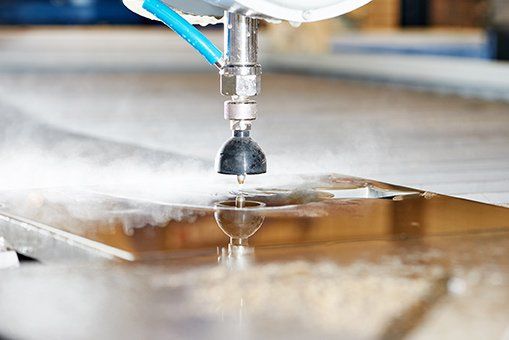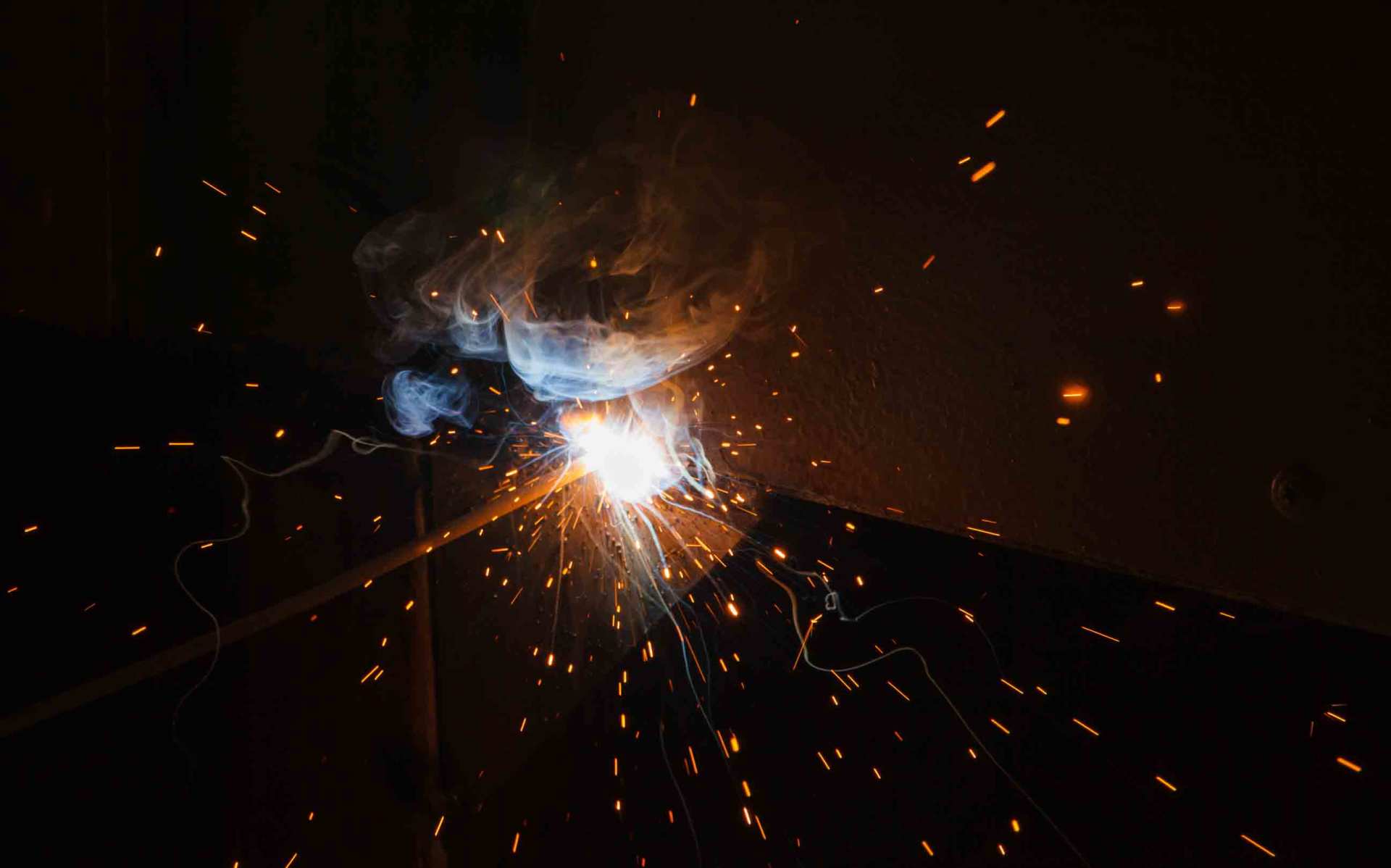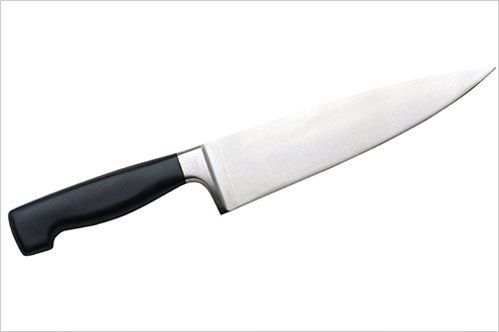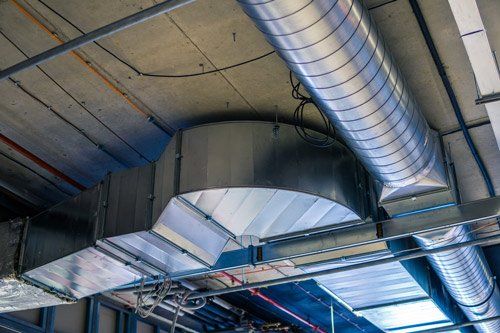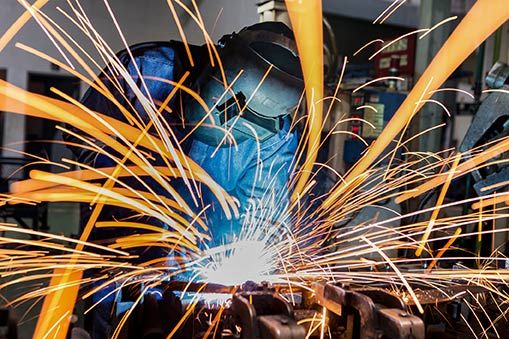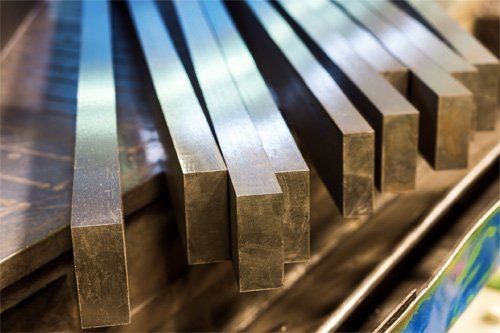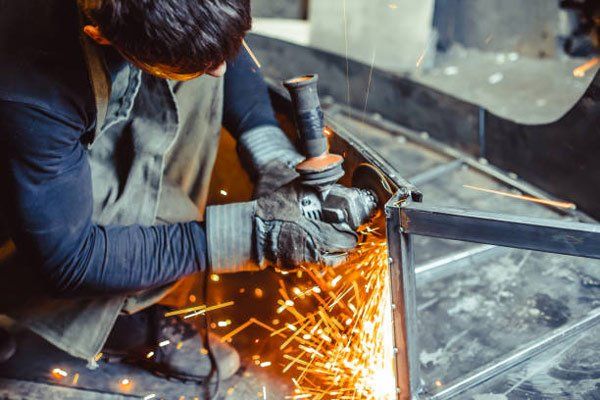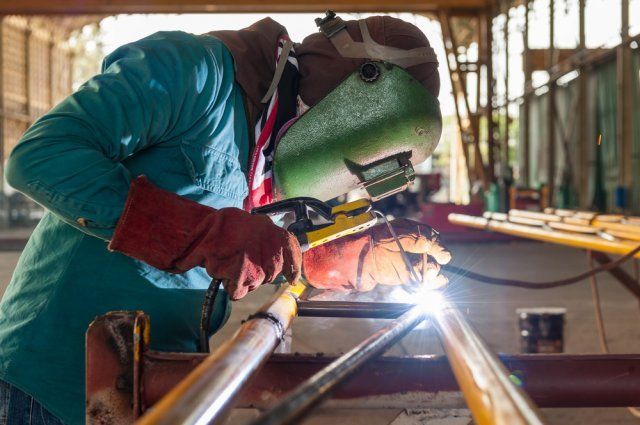Ductwork plays an important role in ensuring proper ventilation and safety in industrial facilities. Some ducts support the HVAC system while others transport gas, dust, and other materials away from the facility.
Industrial processes are typically intense and require robust ventilation systems. Custom fabrication of ductwork using materials such as steel offers a viable solution for meeting the various ventilation needs of an industrial plant.
Whether you are looking to overhaul existing ductwork or to install a new duct system in your facility, here is a quick guide to custom ductwork fabrication.
Industrial plants have distinct ventilation requirements, and fabrication lends itself well to meeting these requirements.
Custom Fit
Unlike standard ductwork, custom-fabricated ducts are tailored to the specific needs of your business. For example, many plant processes release corrosive gases that should be transported out of the facility using a specific type of duct system.
Fabrication allows for the building of versatile and robust ductwork that can withstand the varying demands of industrial operations and protect your specific setup.
Energy Efficiency
Unlike generic duct systems, custom-fabricated ductwork is cut to your facility's specifications. With this individualization, the risk of air leaks and subsequent energy loss is considerably lower
To perform efficiently, an industrial duct system should espouse certain properties. An experienced sheet metal fabricator can help you build custom ductwork that meets your facility's needs.
Structural Design
Depending on the nature of your industrial application, your facility may require rectangular or round ducts. Each duct shape has its benefits and downsides. Overall, round ducts occupy less space and are cheaper to install.
Size
Industrial applications typically require large duct systems that facilitate the proper flow of air and other gaseous materials. Your metal fabricator can customize your facility's ductwork to the appropriate diameter.
Thermal Resistance
A custom-fabricated duct system should possess the structural strength and resistance to withstand the high temperatures that characterize industrial processes.
Corrosion Resistance
Ideally, your duct system should be resistant to corrosion. Some corrosion is inevitable even with duct systems built using steel. However, measures such as a coating the ducts can slow down the process.
The process of fabricating and installing custom ductwork may vary from one fabricator to another. However, facility managers can expect the general process to entail several basic steps.
Drawing and ModelingThe first step in custom ductwork fabrication entails drawing blueprints for the duct system. Drawing and modeling allow the lead engineer and fabrication team to clearly envision the anticipated ductwork.
CuttingNext, using high-definition laser machines, the fabrication team embarks on cutting sheet metal into complex shapes and parts that will make up the duct system.
In addition to cutting, the fabrication team will bend and roll the sheet metal to create rectangular or round ducts, depending on your shape specifications.
WeldingWelding comes next, and this process entails joining the different pieces of metals to form a whole structure. Before shipping the ducts to your facility, the fabrication team will inspect the welds for quality assurance.
ShippingAfter welding inspection and installation of the appropriate insulation, the fabrication team performs a trial assembly before shipping out the final ductwork.
Shipping of industrial ducts to the onsite facility typically takes places in phases due to the bulky nature of these pieces.
Facility managers are always looking for opportunities to improve plant efficiency, save costs, and ensure worker safety. As opposed to generic duct systems, custom-fabricated ductwork can help you realize these goals.
At
Knowlton Industrial Steel Supply, no custom fabrication job is too large. With us, you can pick the size, choose the metal, and keep the price within your budget. Call us today to discuss your custom fabrication needs.
